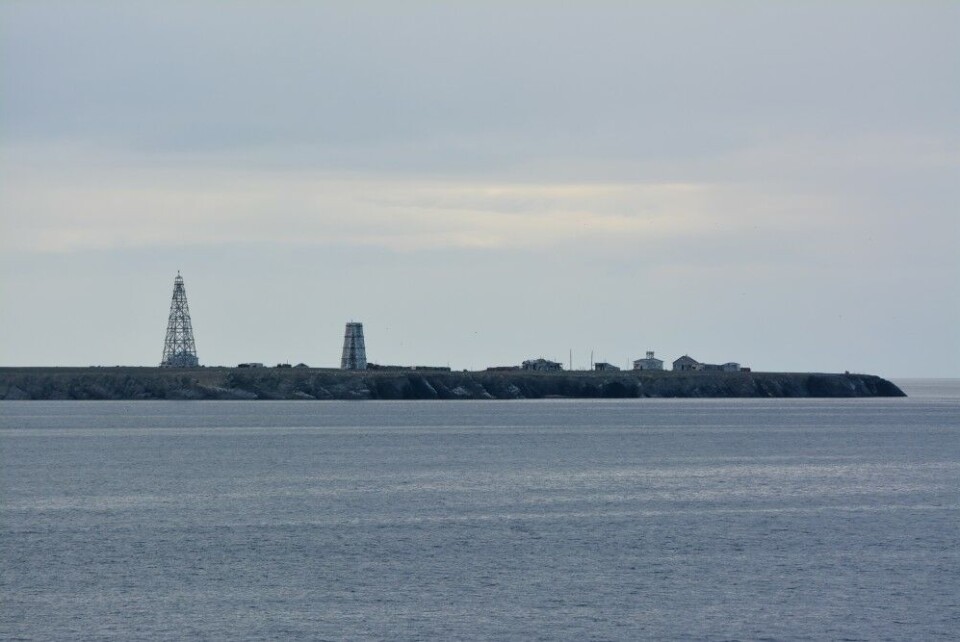
Novaya Zemlya mine needs 450 workers
Exploration starts next summer and recovery of ore could start a few years later in what will be the largest mine in the Arctic.
The Pavlovsk deposit contains lead and zinc and is located on the shores of the southern Island of Novaya Zemlya in the Russian Arctic. The area is not far in distance from the former southern test-site for nuclear weapons.
Siberian business news site Baikal Finance reports about the progress of the mining plans. Exploration work will start in 2016, followed by design and documentation for a final up-start approval in 2017. Port, infrastructure and a processing plant will be built in addition to the development of the 12 square kilometers deposit area.
Production start-up of the open pit mine is said to be 2019.
First year is planned with a 3,5 million tons ore production. Rosatom’s subsidiary AtomRedMetZoloto (ARMZ) owns the mining company. A total of 450 people will be needed to work in the mine and the accompanying facilities.
General Director of Rosatom’s mining division, Vladimir Verkhovtsev, says to Baikal Finance is important for Russia’s Arctic infrastructure development.
“The Pavlovsk project with economic objectives from extraction and processing of lead-zinc ore helps address a number of important geopolitical issues for Russia. It expands the presence in the Arctic, development in northern territories and increase the use of the Northern Sea Route. Therefore, it is a priority for us,” Vladimir Verkhovtsev says.
Between 1973 and 1975, the southern island of Novaya Zemlya was used for larger underground nuclear tests. Of the seven detonations that took place in the area, several ventilated radioactive gases to the atmosphere because the explosions were not deep enough in the ground.
From 1976 to 1990, all underground nuclear tests took place at the northern test-range in the Matochin Straight. Since 1990, only so-called sub-critical nuclear tests have been conducted at Novaya Zemlya.
















